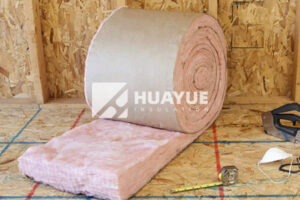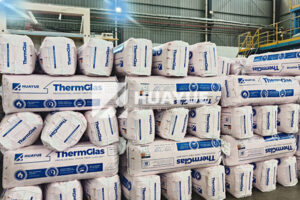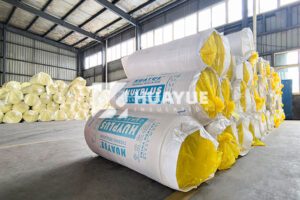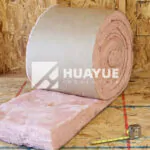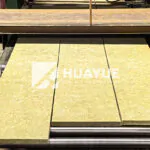How many years does fiberglass insulation last?
If you’re relying on fiberglass insulation for your building, you need confidence it will last. But even the toughest insulation can wear down faster than you expect.
Fiberglass insulation can last up to 80–100 years in optimal conditions, offering effective thermal protection for decades. Damage from moisture, pests, or settling will shorten its lifespan, so regular inspection is key.
If you want a cost-effective solution that holds up under years of use, fiberglass is a solid option. But to get the most out of it, you need to know what makes it last and what can go wrong. I have seen even well-installed insulation require attention when exposed to tough environments. Let’s look at how fiberglass insulation holds up, what to watch for, and what you can do to keep your building protected for the long haul.
How long can fiberglass insulation truly last in real-world conditions?
Moisture, dust, and pests pose real threats to insulation. These common problems can silently cut short the life of your fiberglass, costing you warmth and money.
In most cases, fiberglass insulation lasts from 80 to 100 years when kept dry and free from pests. Regular inspections help spot early signs of trouble such as water damage or settling.
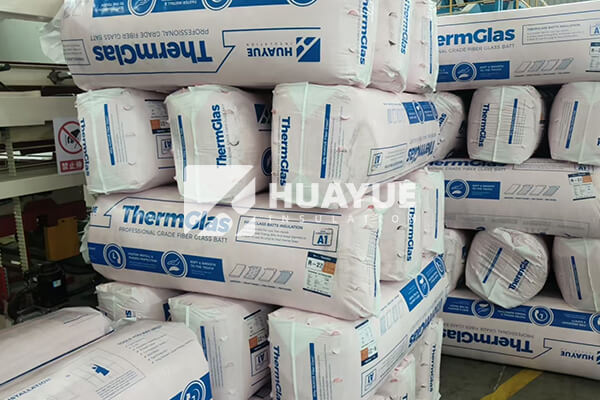
To really understand fiberglass insulation’s lifespan, I find it’s best to separate theory from practice. In textbooks and datasheets, you see numbers like “80–100 years” because glass fibers themselves do not degrade quickly in normal conditions. That sounds great on paper, but real buildings face daily challenges.
Let’s break down what impacts lifespan in the table below:
| Factor | Impact on Lifespan | Action Needed |
|---|---|---|
| Moisture intrusion | Severe; encourages mold | Fix leaks, ensure vapor barrier |
| Pest activity | Moderate to severe | Seal gaps, use pest control |
| Settling/Compression | Moderate | Retrofit blown-in insulation |
| Accumulated dust | Mild over time | Regular inspections |
| Installation quality | High if poor | Use experienced installers |
When insulation gets wet, damaged, or heavily soiled, I have found that its thermal performance drops fast. Pests leave debris behind that makes it worse. However, without these issues, fiberglass insulation stays effective for generations. I always tell customers: a little preventive care goes a long way.
Does fiberglass insulation go bad or expire?
Some materials break down over time, but fiberglass itself doesn’t rot or “go bad” the way organic materials do. Still, insulation isn’t indestructible.
Fiberglass insulation doesn’t expire, but outside factors can cause it to become ineffective. Look for signs like damp smells, visible mold, or rising energy bills—these can signal trouble even if the insulation is quite new.
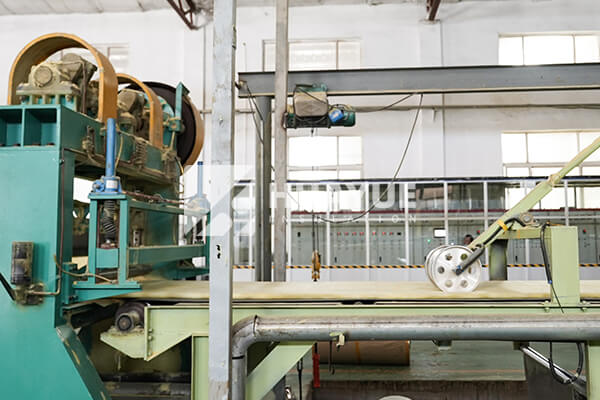
Although fiberglass is largely inert, I have seen even decades-old batches working fine in dry, well-kept attics and walls. The problems start when something disrupts that environment. Water is the most destructive factor. Once moisture penetrates, insulation no longer retains its shape or R-value. Mold and mildew sometimes follow, and those become health hazards too.
Pests and rodents are another concern. If they burrow through insulation, they leave holes, droppings, and nesting materials. This reduces performance and creates another set of problems, from odors to allergic reactions.
Time also allows dust and fine debris to accumulate. While this process is very slow, eventually it begins to fill the gaps between fibers. That means less air trapped, and that means lower insulation value. I always urge property managers to act quickly if they notice any of these signs.
Can fiberglass insulation deteriorate or settle as the years pass?
Insulation performance depends on proper installation and how well the insulation holds its shape. Over the years, physical changes often matter more than age alone.
Fiberglass insulation can deteriorate if it gets compressed, wet, or disturbed by animals. It may also settle, especially if not installed tightly, which can create gaps and let warm or cool air leak.
I have come across both old and new installations with problems linked to settling. Settling can happen slowly from gravity over many years, but it’s usually only a big issue if the insulation was installed loosely or in sections with frequent vibration.
Let’s break down the main issues associated with deterioration and settling:
| Issue | What Happens | Recommendations |
|---|---|---|
| Settling | Gaps at the top or sides | Fill with new insulation |
| Compression | Lower R-value | Avoid heavy stacking on insulation |
| Wetting/Water Intrusion | Loss of insulation properties | Address immediately; may require removal |
| Animal disturbance | Visible holes/tunnels | Seal entry points |
In most cases, retrofitting or topping up insulation is preferable to complete replacement, unless there’s significant water or pest damage. I always encourage my clients to check the attic or wherever the insulation lives once a year. If you spot settling, loose or missing sections, it might just mean adding a layer rather than pulling everything out.
Conclusion
Fiberglass insulation can last a lifetime if kept dry and well maintained, but regular inspection ensures it keeps your building efficient and comfortable.
You may also be interested in:
Ready to Get Started?
Get in touch with our experts for personalized solutions tailored to your needs.
Get Free QuoteLatest Articles

Glass Wool Fire Rating: How Safe Is Your Insulation?
Dec 25, 2025
Let's Work Together
Ready to take your business to the next level? Get in touch with our team of experts and let's discuss how we can help you achieve your goals.
Get Free Solutions
